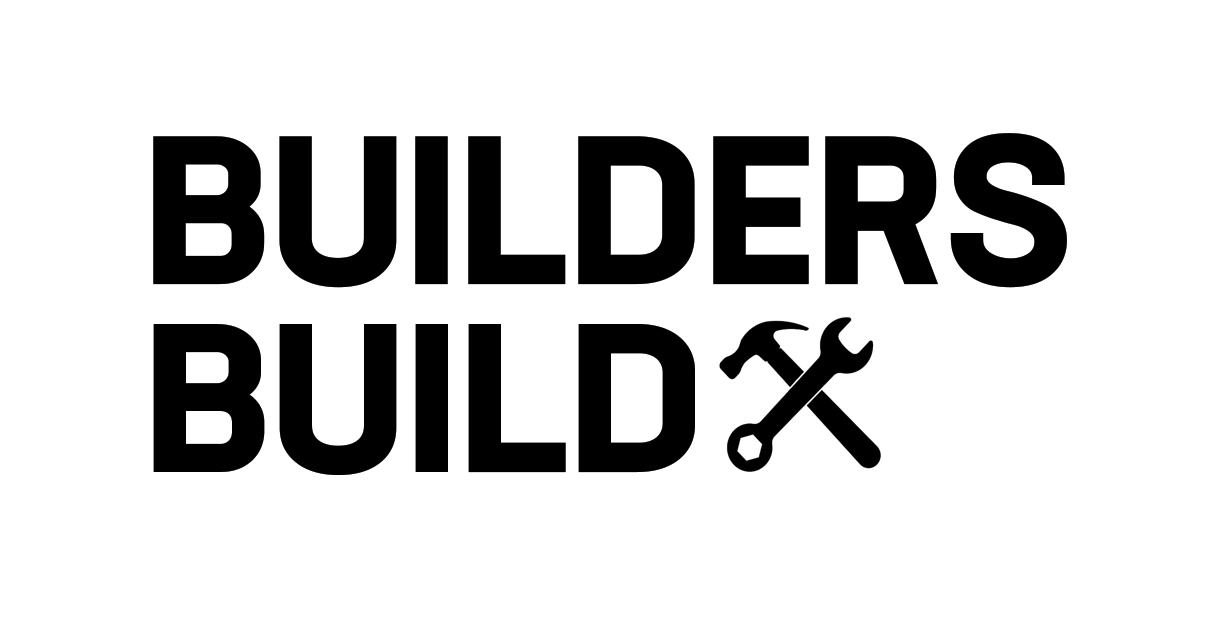Your business can go public without an IPO. You can also do this whether you’re a small or large company… by leveraging the benefits of a reverse merger 🙂
Today, we’ll break down how reverse mergers separate themselves from IPO’s and why they can be a founder’s secret weapon. To understand how a reverse merger can help you, you must first be familiar with IPOs.
IPOs are when companies go from private to public. This allows businesses to:
- issue new stock to raise capital
- give shareholders liquidity
- & shareholders flexibility to move their investments.
Why companies go from private to public
There are a number of reasons why private companies would consider going public, including:
💰 to grow capital
💵 have better financing options
💸 more liquidity
🗣 an increase in brand buzz
But the process to go public with an IPO is slow and runs a litany of potential risks. That’s why some executives opt for something a little different.
Companies interested in going public that don’t want an IPO will instead opt for reverse mergers.
What is a Reverse Merger?
A reverse merger is when a private company combines with an existing public shell corporation. Since the shell corporation is already public, they bypass the need for an IPO. Benefits here include:
🗓 only takes a few weeks to a few months to complete
📈 less dependent on market conditions
🧳 join an established brand with shareholders
The shorter timeline and immediate impact help make this an attractive option for many executives.
In the ever-changing corporate world, reverse mergers give company executives an intriguing opportunity to improve the health and outlook of their companies. Strategic options like these can make business leaders feel like they’re playing with a loaded deck.
Taking Your Company Public with a Reverse Merger
A reverse merger generates a whole cottage industry of companies that exist on public exchanges for the purpose of being “shells” for privates companies.
There are many exchanges that companies can reverse merger onto, with varying degrees of regulation and shareholders:
- PINK – Easiest to access, but high risk for shareholders (no audits required)
- OTCQX – Great for small biz, still audited, a haven for larger cannabis which can’t list on NASDAQ
- NEO – New age Canada exchange
- CSE – Canadian Exchange
- NASDAQ – Major technology exchange
At some point
and I (@orenmeetsworld) will dive deep into this on a Builder’s Build podcast— there’s a lot of nuance to work through.
My biggest tip until then– if you see this on your company’s future radar, start getting your financials regularly and formally audited.
Thanks for reading. See the original Reverse Merger Twitter thread here.
– Oren
For ideas on making products, head over to Oren at Product World
For tips on buying a website to jump-start or expand your business, sign up with James at nanoflips.com
Read next:
For designers, brand managers, and marketers who want to think outside the traditional design box – Read Best Design Sourcebooks for Branding Professionals
Subscribe for more tools, tactics and ideas on building modern businesses.








